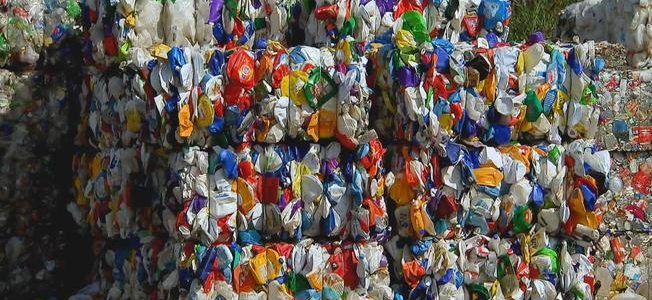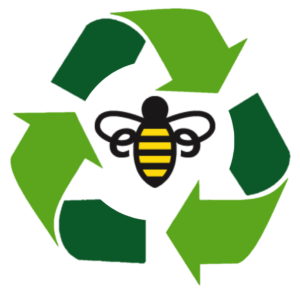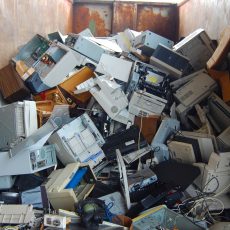
 The short answer to the question “what is worth recycling?” is everything. And what is not worth recycling should not be purchased. But we don’t quite live in a fully sustainable society. In fact, by current statistics every year we seem to be moving further away from this reality.
The short answer to the question “what is worth recycling?” is everything. And what is not worth recycling should not be purchased. But we don’t quite live in a fully sustainable society. In fact, by current statistics every year we seem to be moving further away from this reality.
Many countries have ambitious recycling targets (Wales 100% by 2050, EU members 65% by 2030), and that is a great thing. But what constitutes “recycled”? Some countries include Waste to Energy Plants as recycling, while these reduce waste ending up in landfill, by definition they are not part of recycling. Other countries include rubble that is not considered Municipal Solid Waste (MSW). So who are the leaders for recycling?
| Rank | Country | Recycled Municipal Waste |
| 1 | Germany | 65% |
| 2 | South Korea | 59% |
| 3 | Slovenia | 58% |
| 3 | Austria | 58% |
| 4 | Belgium | 55% |
| 5 | Switzerland | 51% |
| 6 | Sweden | 50% |
| 6 | Netherlands | 50% |
| 7 | Luxembourg | 48% |
| 8 | Iceland | 45% |
| 9 | Denmark | 44% |
| 10 | United Kingdom | 43% |
Table 1 – Percentage of MSW recycled per country
With the exception of South Korea & (the soon to be Brexited) UK, we see a very EU-centric list. What about the US? Below is a chart from the EPA and we see that over half of our waste ends up in landfill.
The US annually uses 600lbs of paper & paperboard per person but only 160lbs is recycled. We throw away 28 billion recyclable glass bottles and jars every year – almost 70% of what is made. Considering recycling goods saves 30-60% energy, creates 4 jobs to every one in waste disposal, it doesn’t make sense this is not a bigger issue.
| Material | Recycled | Combustion with Energy Recovery | Landfilled |
| Paper and paperboard | 45.32 | 4.45 | 18.27 |
| Glass | 3.03 | 1.47 | 6.97 |
| Steel | 6.06 | 2.14 | 9.97 |
| Aluminum | 0.67 | 0.5 | 2.44 |
| Plastics | 3.14 | 5.35 | 26.01 |
| Rubber and Leather | 1.51 | 1.78 | 0.46 |
| Textiles | 2.45 | 3.05 | 10.53 |
| Wood | 2.66 | 2.58 | 11.06 |
Table 2 – Recycling rates of various materials (Million Tons)
Aluminum: According to the EPA’s Waste Reduction Model (WARM), recycling scrap aluminum requires only 8% of the energy used to make new aluminum from the raw ore. Aluminum is 100% recyclable.
Glass: Glass can be 100% recyclable and can be recycled endlessly without loss in quality or purity. Issues arise through contamination of colors or pieces that are too small to recycle. These can become secondary recycled products used in tile, filtration, sand blasting, concrete pavements and parking lots.
Paper: The EIA states that 40% of Energy is saved when using recycled pulp over new pulp. There is a limit to paper recycling, after repeated processing the fibers become too short for the production of new paper. Recycling one ton of newsprint saves about 1 ton of wood while recycling 1 ton of printing or copier paper saves slightly more than 2 tons of wood.
Plastics: 8 million tons of waste plastic enters the Earth’s ocean every year. Due to the different types, plastics are considered one of the hardest materials to recycle. The Resin Identifying Code was developed to help identify the different types. Recycling rates for plastics is around 10%.

So the next time your purchasing, remember to check whether it is made from recycled material and can be further recycled. If not and there is no alternative, then consider if your purchase is really necessary?



